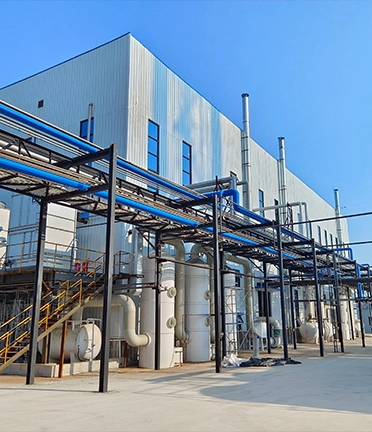Application of Poly Aluminium Chloride in Water Purification Processes and Treatment Methods
The Use of Poly Aluminium Chloride in Water Treatment
Poly Aluminium Chloride (PAC) is a widely used coagulant in the water treatment industry. Its effectiveness in removing impurities from water, such as suspended solids, organic matter, and microorganisms, has made it a popular choice for both municipal and industrial applications. This article explores the characteristics of PAC, its advantages over other coagulants, and its role in ensuring clean and safe water.
Understanding Poly Aluminium Chloride
PAC is an inorganic polymer compound formed by the reaction of aluminum hydroxide with hydrochloric acid and subsequent polymerization. This process results in a compound that can exist in various forms, including liquid and powder, making it versatile for different applications. PAC contains aluminum, which is pivotal in coagulation, helping to destabilize colloidal particles in water.
Mechanism of Action
The coagulation process involves the neutralization of charges on the particles suspended in water. These colloidal particles often carry a negative charge, which repels one another, preventing them from clumping together. When PAC is introduced into water, it dissociates into aluminum ions, which interact with the negatively charged particles, neutralizing their charge. This interaction facilitates the agglomeration of particles into larger flocs, which can then be easily removed from the water through sedimentation or filtration.
Advantages of PAC in Water Treatment
One of the primary advantages of PAC over traditional coagulants such as aluminum sulfate (alu-sulfate) is its effectiveness at lower doses. PAC requires less quantity to achieve the same level of turbidity removal, which can lead to cost savings in terms of both chemical procurement and operational expenses. Furthermore, PAC produces less sludge compared to traditional coagulants, which reduces disposal costs and mitigates environmental impacts associated with sludge management.
use of poly aluminium chloride in water treatment

Another significant advantage of PAC is its performance in a wide range of pH levels. While other coagulants may perform optimally within a narrow pH range, PAC can function effectively across a broader spectrum, making it suitable for treatment processes in varying water qualities. This adaptability makes PAC a preferred choice in regions with fluctuating water chemistry.
Additionally, PAC has been shown to effectively remove various contaminants, including color, dissolved organic matter, and pathogens. Advanced treatment processes can achieve high removal rates of microorganisms, including bacteria and viruses, thereby enhancing the safety and quality of potable water.
Applications of PAC
PAC is utilized in various applications, including drinking water treatment, wastewater treatment, and industrial water processing. In municipal drinking water treatment, PAC is commonly employed during the coagulation-flocculation phase to improve water quality and clarity. In wastewater treatment, PAC aids in the removal of suspended solids and other pollutants before the effluent is released into the environment or reused.
In industrial settings, PAC is used in processes such as paper manufacturing, textile dyeing, and metal finishing. Its ability to effectively remove suspended particles and contaminants enhances product quality and operational efficiency.
Conclusion
Poly Aluminium Chloride has established itself as an essential agent in modern water treatment processes. Its superior performance, cost-effectiveness, and ability to function across a broad pH range make it an invaluable tool for ensuring water quality. As concerns about water pollution and the need for sustainable water management grow, the use of PAC will likely continue to rise, contributing to cleaner, safer water for diverse applications. The advancements in water treatment technology, coupled with the effective application of PAC, present a promising avenue for addressing global water challenges.
-
Water Treatment with Flocculant Water TreatmentNewsJun.12,2025
-
Polymaleic AnhydrideNewsJun.12,2025
-
Polyaspartic AcidNewsJun.12,2025
-
Enhance Industrial Processes with IsothiazolinonesNewsJun.12,2025
-
Enhance Industrial Processes with PBTCA SolutionsNewsJun.12,2025
-
Dodecyldimethylbenzylammonium Chloride SolutionsNewsJun.12,2025





